Here’s How To Make Your Own Ehomaki This Setsubun
Try Your Own Roll This Year For Good Luck
All you have to do is roll!
Setsubun is a fun Japanese festival typically celebrated on February 3rd, one day before the “official” beginning of spring.
I remember being curious to understand the rituals of this festival when I saw my Japanese neighbors throwing roasted beans outside their houses. My neighbor kindly explained to me that mamemaki (bean throwing) is a ritual that Japanese people do every year. Roasted soybeans are thrown out the door to chase away oni (demons) or a family member often dresses up as oni and gets roasted soybeans thrown at them!
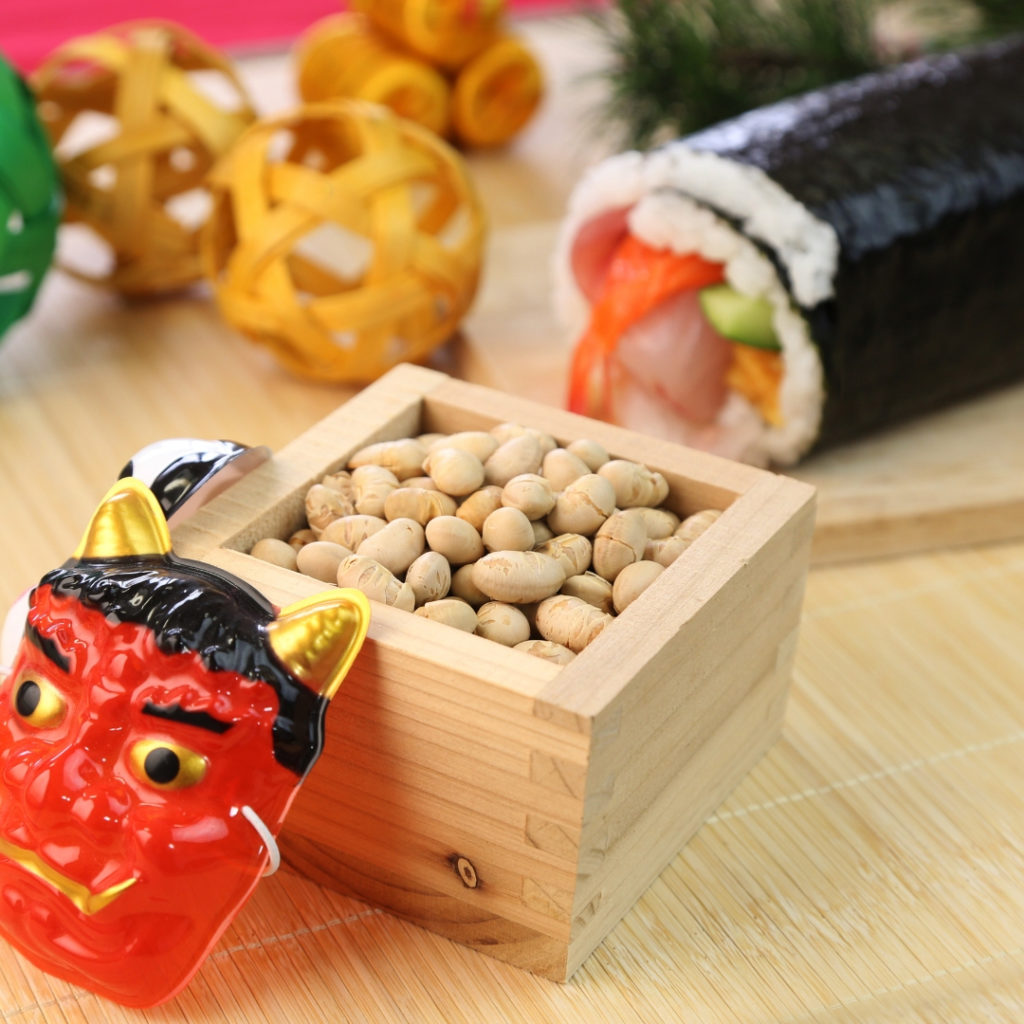
Ehomaki (恵方巻き) is a long sushi roll with seven ingredients which is eaten whole on the evening of Setsubun. It is believed that following seven rules, among which to eat it in complete silence and in the correct direction for the year (this year it is east-north-east) while eating Ehomaki will bring you good luck. One of the rules is not to cut the roll, so it needs to be eaten whole. While you can buy Ehomaki at every store around Setsubun, you can also try making your own at home. The best thing is that you get to decide what goes inside — there are no rules! Here is my Ehomaki recipe.
Ingredients
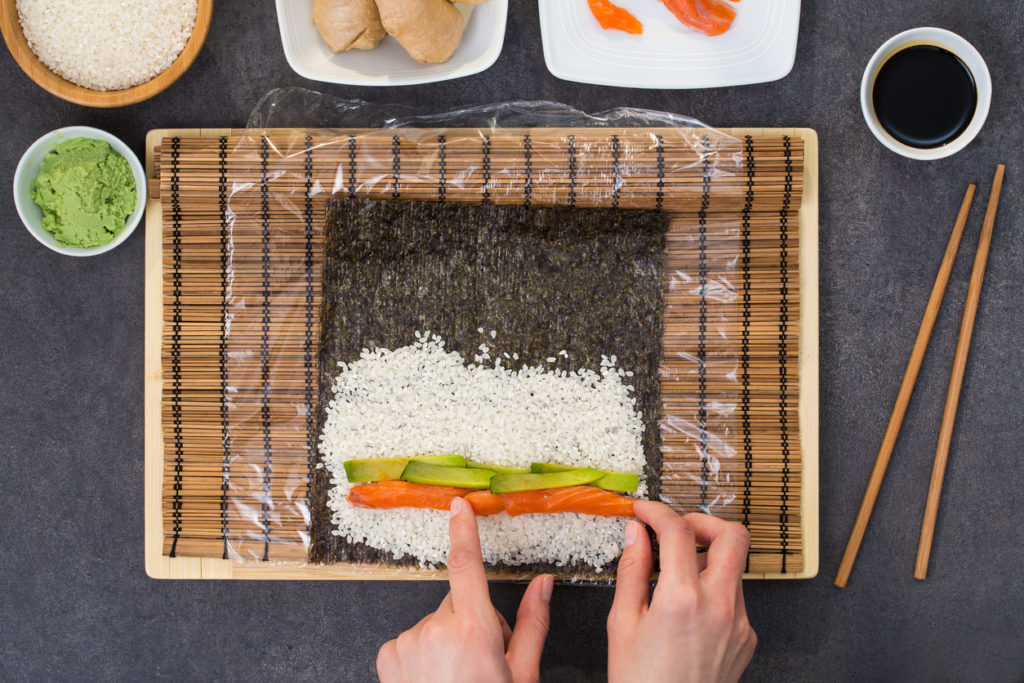
*(Makes 2 long rolls)
- Sushi rice (80g per roll) *(See how to make your sushi rice below)
- Nori (roasted seaweed sheets)
- 100g cooked prawns
- 100g smoked salmon
- Ripened avocado, peeled and cut into thin strips (coat in fresh lemon juice to avoid browning)
- Ripened mango, peeled and cut into thin strips (You can replace with tamagoyaki, Japanese omelet, strips)
- Cucumber, remove seeds and cut into thin strips
- Pickled ginger
- Lettuce leaves
- Water bowl, damp clean cloth and sushi mat
Instructions
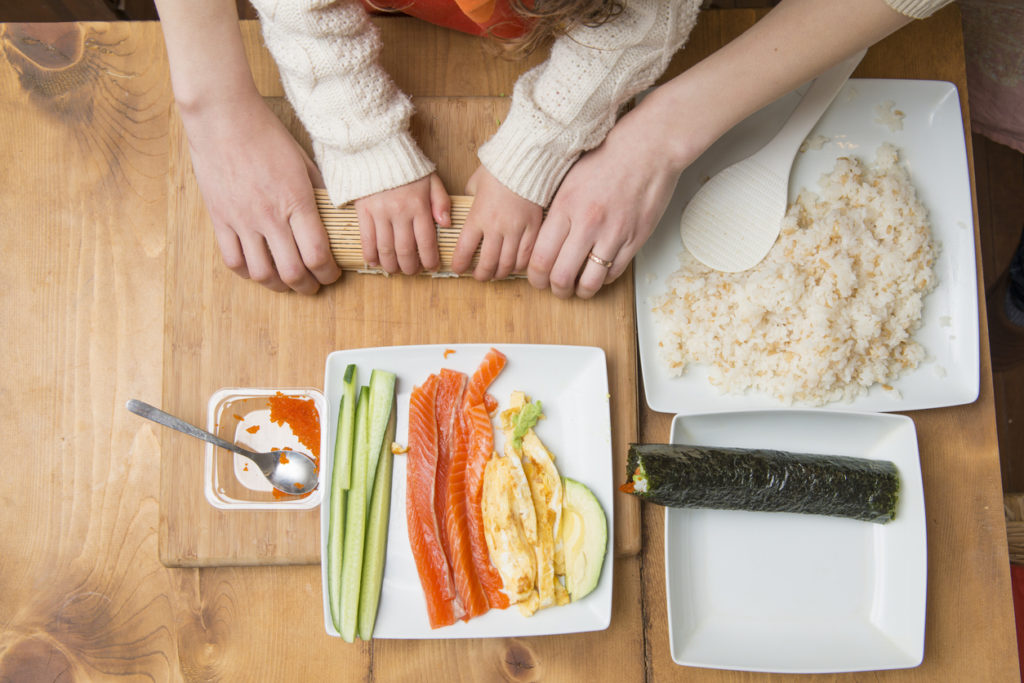
- Place the seaweed sheet (nori) shiny-side down with the lines in the nori running vertical on a sushi mat.
- Dip your fingertips in the water bowl and shake off any excess water.
- Take a large spoonful of rice and using your fingertips gently spread the rice over the nori sheet trying not to press on the rice too hard.
- Spread the rice to the edges of the nori and leave a gap at the top of the seaweed.
- Place the seven ingredients in a straight line on the nori sheet. Hold the nearest end of the mat with your index fingers and thumbs. Use the rest of your fingers to hold the ingredients in place. Roll the mat forward to bring the nori and rice wrap around the fillings. Press down firmly but gently to create a roll shape.
- To finish the complete roll, pull the end of the mat with one hand and continue to push the roll forward with the other hand.
How to make sushi rice
1. Wash and cook white rice using an electric rice cooker or a pot
2. Prepare a homemade sushi rice seasoning (awase-zu)
- Pour 100ml of rice vinegar (米酢, komezu) and 2 tablespoons of sugar into a non-aluminum saucepan
- Heat until the sugar is dissolved and then add half a teaspoon of salt
- Set aside and allow to cool
3. Mix the sushi rice seasoning with the cooked rice
- Transfer the hot cooked rice to a shallow non-metallic baking tray (with a wide flat base) using a rice spatula or wooden spoon.
- Sprinkle 100ml of the sushi rice seasoning evenly over the rice and then gently turn and fold the rice with the spatula (try not to break or mash the rice grains).
- At the same time, fan the rice with a piece of cardboard or uchiwa (paper fan) to help cool the rice to room temperature and absorb the excess sushi rice seasoning.
- Try to use the rice as soon as possible and avoid putting in the fridge as this will harden the rice. You can cover the rice with a damp tea towel for a few hours if necessary.
Note that you will have to use Japanese short grain rice to make sushi. You can use bottled sushi vinegar instead of making your own. I prefer to make my own as I can control the amount of sugar and salt that I add to the sushi vinegar. Sushi is best served at room temperature.
Happy Setsubun!
Using this recipe? Share your photos with us via Facebook or Instagram with a hashtag #savvytokyorecipe












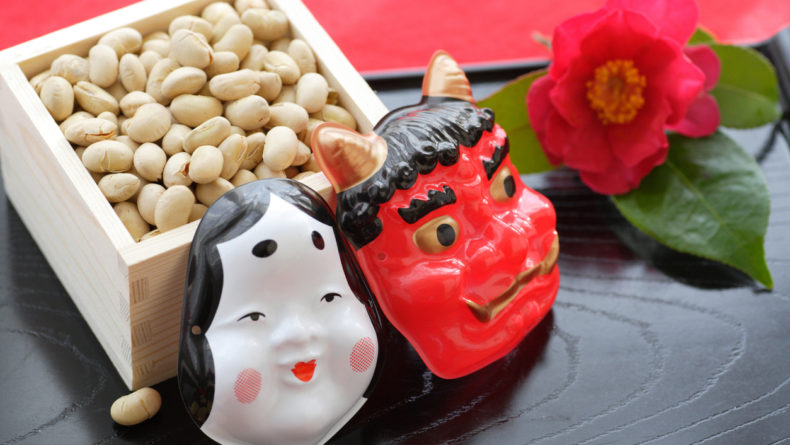
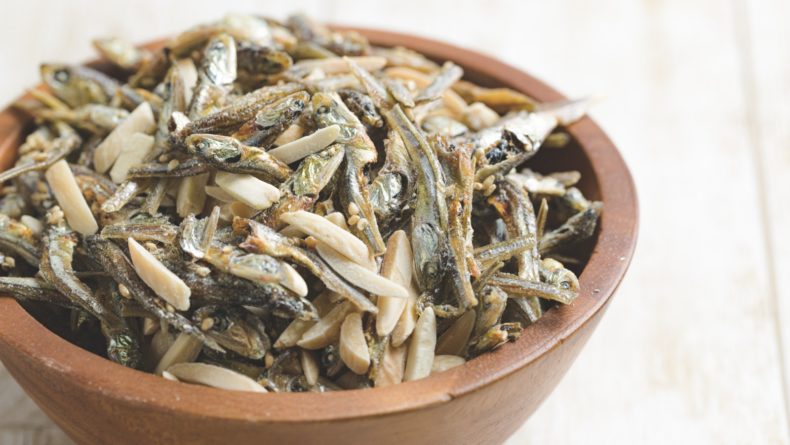
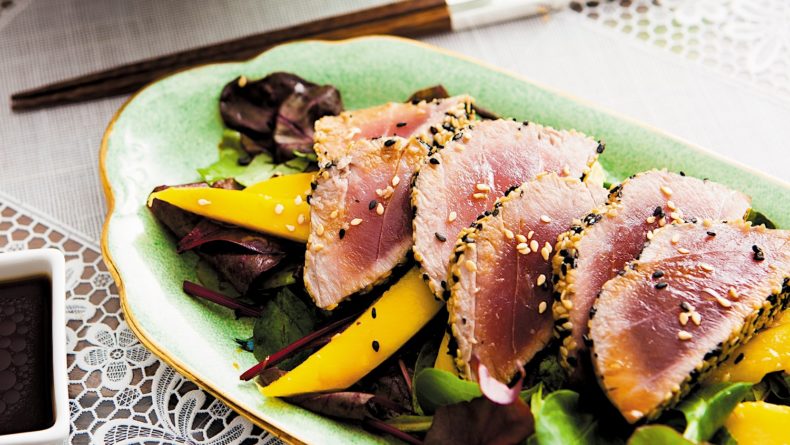
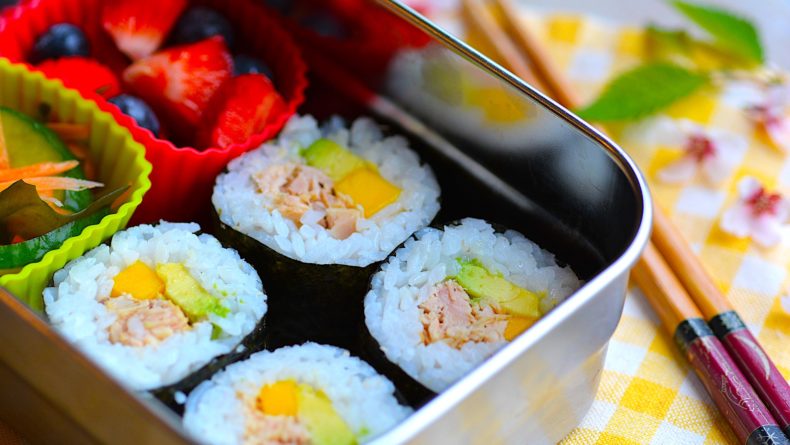
Leave a Reply